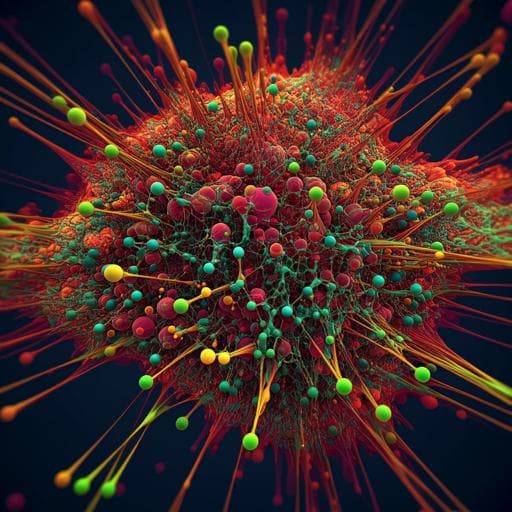
Medicine and Health
Omicron Spike confers enhanced infectivity and interferon resistance to SARS-CoV-2 in human nasal tissue
G. Shi, T. Li, et al.
Discover the fascinating findings of Guoli Shi and colleagues as they delve into the Omicron variant of SARS-CoV-2. This research uncovers how Omicron's unique Spike mutations enhance its ability to invade human nasal tissue, evading antiviral defenses and contributing to its rapid spread. Don't miss out on these groundbreaking insights!
~3 min • Beginner • English
Related Publications
Explore these studies to deepen your understanding of the subject.







